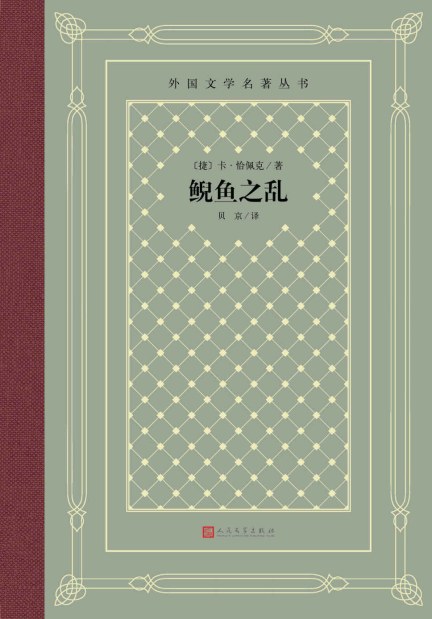
《鲵鱼之乱》"人工智能制造鲵鱼灾难"
书名:鲵鱼之乱
1
0

喜欢睡觉 2023-06-19 21:38:25
During the era of artificial intelligence (AI), reading this book can help one gain a deeper understanding. The protagonist of the book, axolotls, shares many similarities with AI. The initial discoverer of the axolotls, the captain, was kind and compassionate, just like the developers of various AI tools who originally intended to benefit and liberate humanity. However, with the intervention of capital, methods became abstracted into a social operation system that deviated from the initial purpose. Thus, axolotls, just like the AI industry, began to be transformed into economic units.
Another early discoverer of axolotls was a female actor who had both romantic feelings and fear towards them and was greedy for them - a state of mind that is similar to the general populations attitude towards AI.
As time goes on, the survival needs of axolotls and humans come into conflict since axolotls need more ocean while humans need more land. This is similar to how robots are afraid of water and oxygen (as it can cause rust or damage to circuits), but humans cannot survive without them.
On the other hand, the axolotls are highly unified as an entire entity while humans are divided into countless factions due to differences in beliefs, cognitive abilities, and social status. This is also true for large AI models.
Finally, when axolotls launched a war against humans, some humans sold weapons to axolotls in order to earn money, and those living in inland areas thought it was not their business. This is also similar to how some humans benefit from AI replacing human jobs or how some believe that AI will not affect their work.
Initially, after reading this book, I doubted whether I was overthinking. After all, the book was first published in 1936, and electronics computers did not even exist at that time. A textbook-level explanation would be that the author was metaphorizing a "certain class." However, when I checked Karel Čapeks work list in the encyclopaedia, I found that he had written a science fiction play called "R.U.R" in 1920, which was the earliest literary work that used the term "robot." Additionally, he had also written some futures, such as the use of nuclear energy. Therefore, I have reason to believe that he had a clear subjective intention to metaphorize future robots, perhaps not all of them, but to a significant extent.
Facing the potential chaos of AI in the near future, what can humans do to save themselves? Perhaps we can find the answer in the book:
1) Dont forget the initial intention. Always treat the world and other species with love and kindness.
2) Capital is useful for expanding the scale, but it should be moderated. Do not oversimplify an object into an economic attribute.
3) In the event of a possible survival conflict, precaution should be taken. For example, one should not allow the other side to expand to the point where they need to plunder human living space.
4) Humans should unite and accept those with different beliefs and perspectives.
相关推荐
萤火谷的梦想家
艾莉森•麦吉出生于1960年,是美国《纽约时报》畅销书作家,同时也是大都会州立大学创意写作课的教授。她的作品被翻译成20多种语言并出版,也曾被提名普利策奖,并获得苏斯博士奖金奖、克里斯托弗图书奖、美国 [美]艾莉森•麦吉/[美]克里斯托弗•丹尼斯/绘 2023-03-27 16:50:25鬼马女神捕1·绝密卧底(上)
腹黑凤凰vs毒舌鸡妖——蓝翎:“小姬,跟我去人界吧!”姬十四:“干吗?让人宰了我做小鸡炖蘑菇吗?”蓝翎:“不啊,让妖怪宰了你做小鸡炖蘑菇更气派。”凤凰蓝翎和鸡妖姬十四生活在无忧无虑的灵界。他们的故乡叫 郝天晓 2023-04-17 00:22:47© 2023-2025 百科书库. All Rights Reserved.



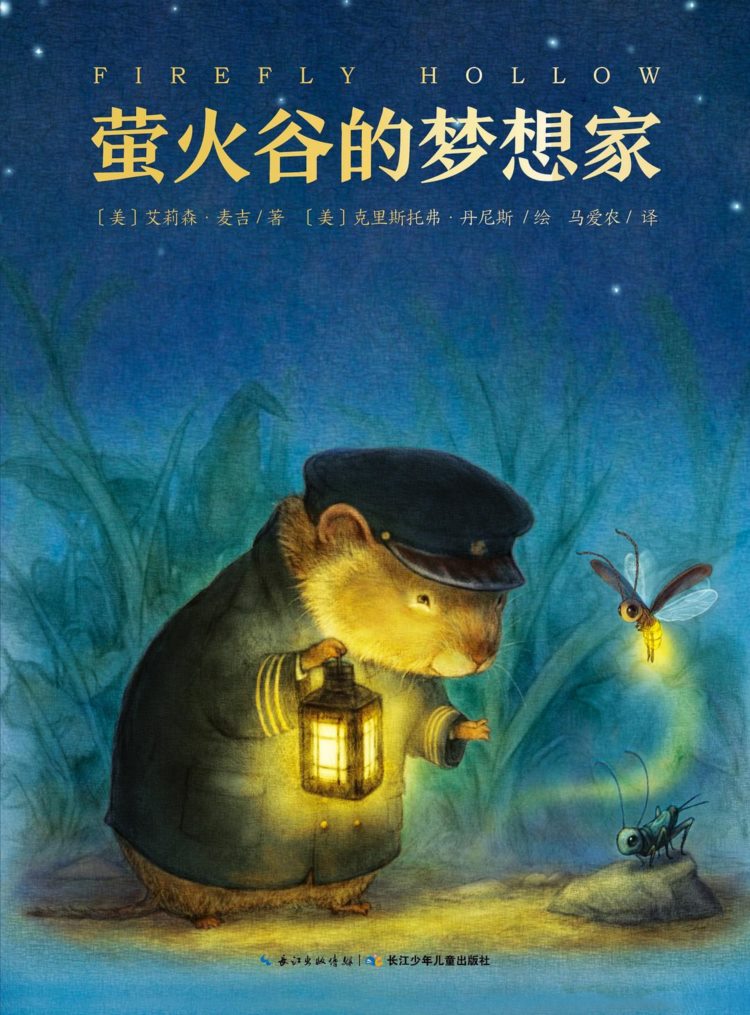
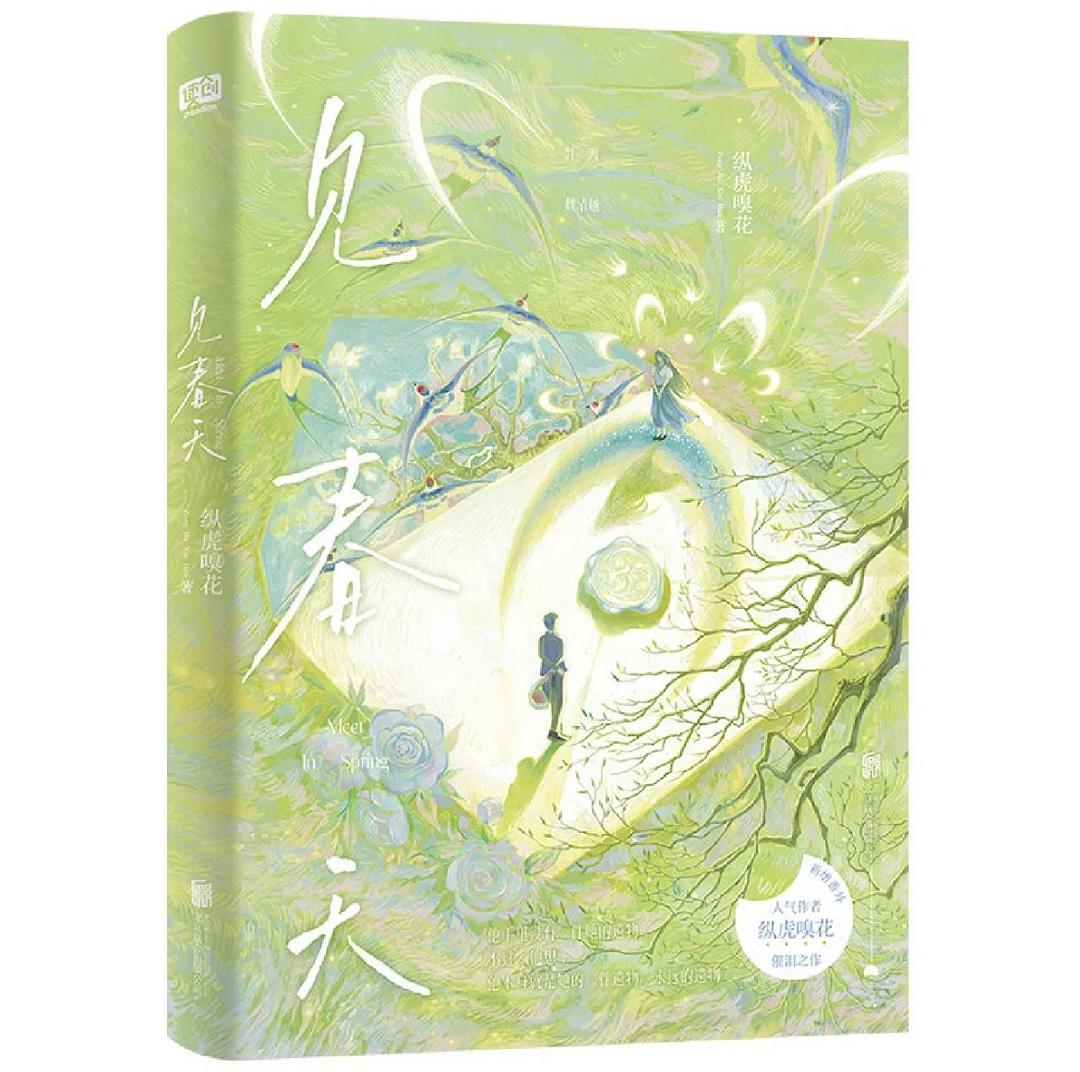




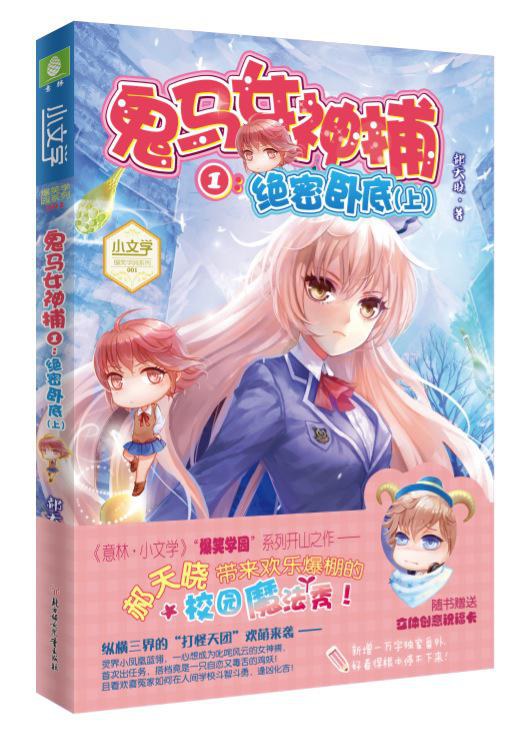
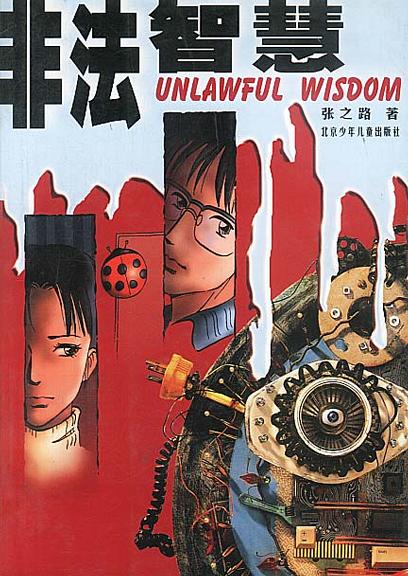
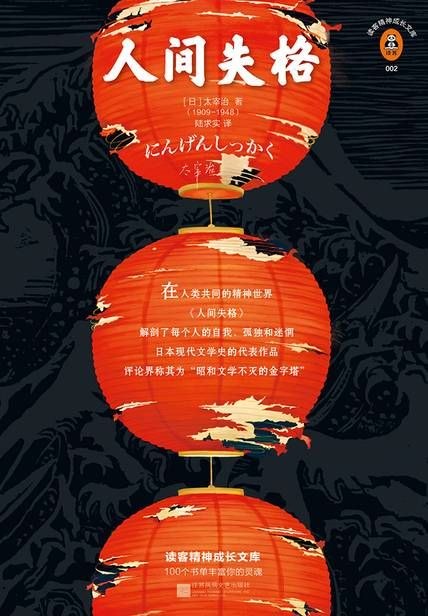
发表评价